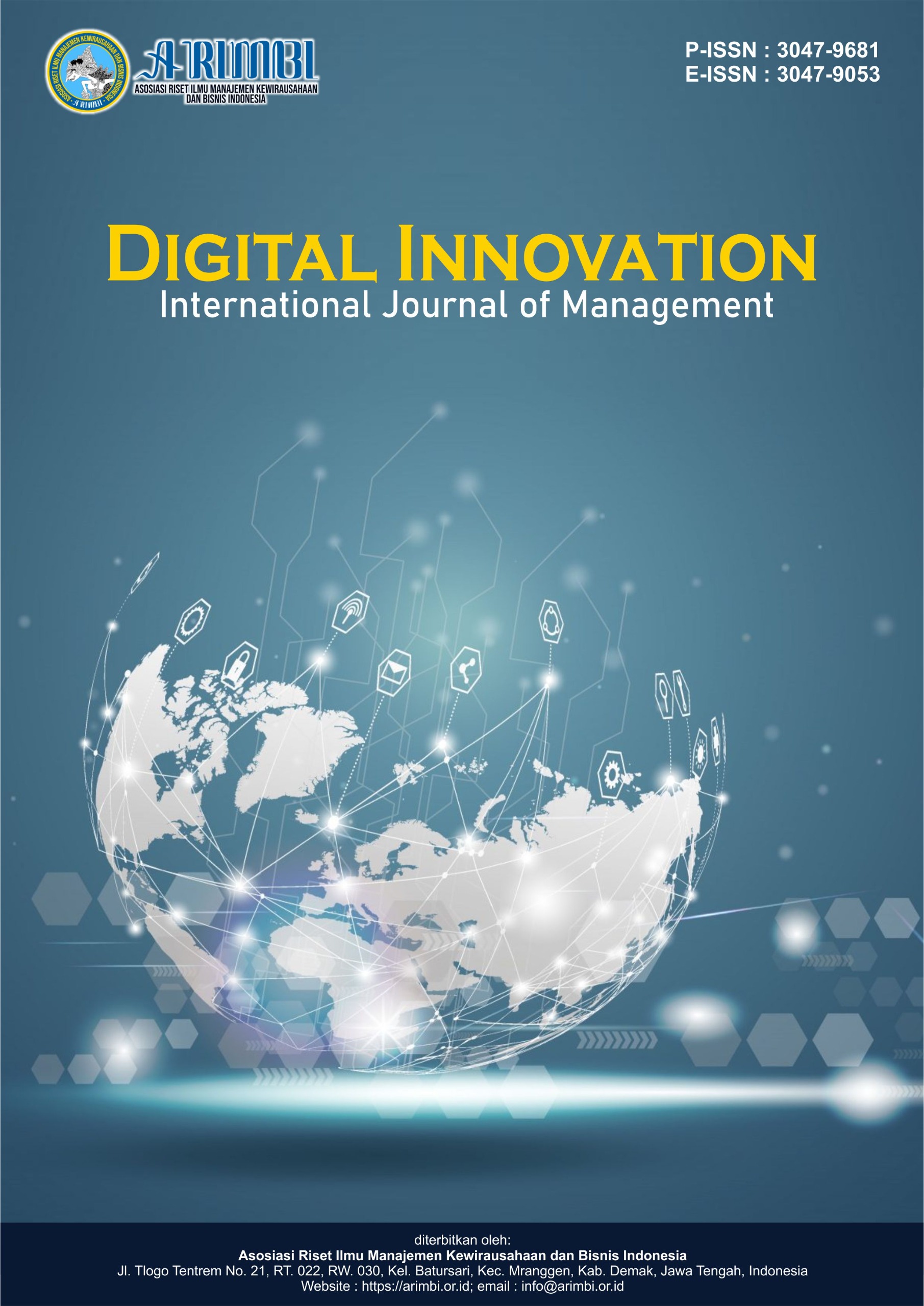Evaluation of Public Policy Implementation in Natural Resource Management: A Case Study in Makassar City
DOI:
https://doi.org/10.61132/digitalinnovation.v2i2.317Keywords:
Community participation, Natural resource management, Public policy implementation, Sustainable development, Urban governanceAbstract
This research evaluates the implementation of public policies related to natural resource management in Makassar City, Indonesia. Using a qualitative case study approach, this study examines the effectiveness, challenges, and impacts of these policies on sustainable development practices. Data was collected through in-depth interviews with 25 key informants including government officials, resource managers, and affected community members, complemented by document analysis of policy papers and reports. The findings reveal significant gaps between policy formulation and implementation due to institutional fragmentation, limited community participation, and inadequate human resource capacity. While some policies have increased public awareness of conservation, others have failed to prevent environmental degradation, including water quality deterioration and deforestation. This study contributes to understanding the complex dynamics of natural resource governance in rapidly developing urban centers and offers practical recommendations for improving policy implementation through enhanced inter-agency coordination, meaningful community engagement, and capacity building initiatives.
Downloads
References
A. Strauss and J. Corbin, Basics of qualitative research: Techniques and procedures for developing grounded theory, 2nd ed., SAGE Publications, 1998.
B. Flyvbjerg, "Five misunderstandings about case-study research," Qualitative Inquiry, vol. 12, no. 2, pp. 219-245, 2006.
B. Hjern and D. O. Porter, "Implementation structures: A new unit of administrative analysis," Organization Studies, vol. 2, no. 3, pp. 211-227, 1981.
BPS Makassar, Makassar Municipality in Figures 2022, Statistics Indonesia, Makassar, 2022.
D. S. Van Meter and C. E. Van Horn, "The policy implementation process: A conceptual framework," Administration & Society, vol. 6, no. 4, pp. 445-488, 1975.
F. Berkes, "Devolution of environment and resources governance: Trends and future," Environmental Conservation, vol. 37, no. 4, pp. 489-500, 2010.
J. L. Pressman and A. B. Wildavsky, Implementation: How great expectations in Washington are dashed in Oakland, 3rd ed., University of California Press, 1984.
M. Hill and P. Hupe, Implementing public policy: An introduction to the study of operational governance, 3rd ed., SAGE Publications, 2014.
M. L. Goggin, A. Bowman, J. Lester, and L. O'Toole, Implementation theory and practice: Toward a third generation, Scott Foresman & Co., 1990.
M. Lipsky, Street-level bureaucracy: Dilemmas of the individual in public service, Russell Sage Foundation, 1980.
P. A. Sabatier, "Top-down and bottom-up approaches to implementation research: A critical analysis and suggested synthesis," Journal of Public Policy, vol. 6, no. 1, pp. 21-48, 1986.
R. K. Yin, Case study research and applications: Design and methods, 6th ed., SAGE Publications, 2018
T. Firman, "Decentralization reform and local-government proliferation in Indonesia: Towards a fragmentation of regional development," Review of Urban & Regional Development Studies, vol. 21, no. 2-3, pp. 143-157, 2009.
UNEP, Making peace with nature: A scientific blueprint to tackle the climate, biodiversity and pollution emergencies, United Nations Environment Programme, 2021.
W. M. Lafferty, Ed., Governance for sustainable development: The challenge of adapting form to function, Edward Elgar Publishing, 2004.
Downloads
Published
How to Cite
Issue
Section
License
Copyright (c) 2025 Digital Innovation : International Journal of Management

This work is licensed under a Creative Commons Attribution-ShareAlike 4.0 International License.




